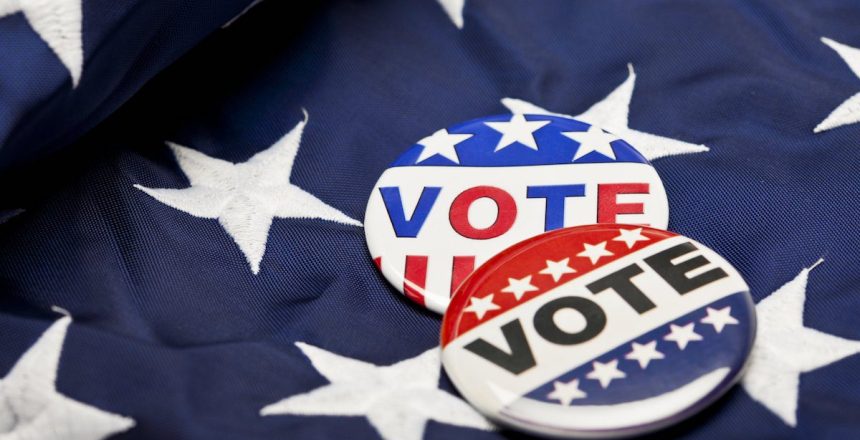Fall is approaching in an even-numbered year. That means inboxes are bracing for an onslaught of political advertising.
Actually, it’s already begun and shows no signs of slowing. The U.S. political ad market is projected to reach $16 billion in 2024, doubling the $8 billion that was spent on political advertising during the 2020 presidential election year.
Where’s all that money going? Based on the work we do validating and cleaning political advertising lists, a significant portion of those budgets is being spent to reach nobody. The funds simply drown in a murky swamp full of fakes, bots, and click farms.
The messages that actually reach consumers are frequently getting lost. A high-profile political strategist lamented receiving 25 fundraising pleas from just one campaign in a 24-hour period.
Yikes!
But we see it ourselves as consumers, right? Make one donation or get on the wrong list, and your info is sold and resold ad infinitum. The more those lists are passed around, the more stale they get. Pretty soon, campaigns are just spraying anything to anyone. And once they lose sight of who they’re actually reaching, they have no idea how many people are represented multiple times on their lists. Or if they’re talking to actual people at all.
At the same time, voters are growing disenchanted with the negativity of many of these messages. Or the extremely common practice of playing fast and loose with the truth.
Sure sometimes, these approaches work, but sometimes they don’t.
But how can campaigns tell what’s working and what’s not if they don’t know who they’re reaching and who’s clicking what?
As issues rule the day, how can they be sure they’re targeting the right voters with the messages most likely to get them to engage?
In short, they can’t.
Don’t wait until the last second. Drop cookies altogether now.
Google announced they are doing away with first-party cookies for 1% of all global Chrome users by the end of 2024. So yes, cookies may still be with us for the 2024 midterm cycle, but it’s not entirely likely. And besides, when you have cookies, you also have dated and stale voter and donor lists. So why wait to break free from the cookie cycle?
Campaigns that want to make an impact would be best served by weeding out the junk and tapping into people-based, first-party data ASAP.
First-party data is based on actual people and the real information that we know about them. This means messages can be specifically targeted versus spraying at the masses, overwhelming them, or turning them off with certain approaches.
Here’s what else first-party data can do for your campaign:
- Put your message in front of actual people. Reach actual, persuadable voters to boost ROI of your ad spend and eliminate waste.
- Ensure you’re free of fraud. When you’re connecting with actual people, there is no fraud. Your ad dollars will never be spent on useless data pulled from suspect sites, cookies, or bid streams.
- Help you target more effectively. Combine offline, online, and mobile attributes like name, email, postal address, and phone number, all tied to a verified person. This lets you create custom audiences of voters at granular levels so campaign messages are only delivered to your target constituency.
- Get real metrics that tell the whole story. When you have deep insights into who has seen your message and engaged, you can make more informed decisions about what to do next. You not only avoid sending duplicate messages to the same person but gain a foundation you can build upon for a multiple-touchpoint campaign.
Political campaigns can be not just effective, but also cost-effective when you cut out the waste and talk to real people.
During COVID-19, we helped create a verified audience of 120,000 individuals for a congressional candidate. We targeted specifically democratic voters, veterans, and Spanish speakers within the candidate’s district and utilized a multichannel approach spanning email, display, mobile, social, and video.
We achieved an average 19% engagement rate across all segments. A 60-second video that was shared earned a whopping 70% completion rate with this audience.
The tide is turning. Soon, it won’t be about which campaign has the most cash, but which is spending it most wisely.
When you take a people-based approach, you really can’t go wrong.
Let’s talk about how we can support your political operation (without relying on cookies) this cycle and beyond.







